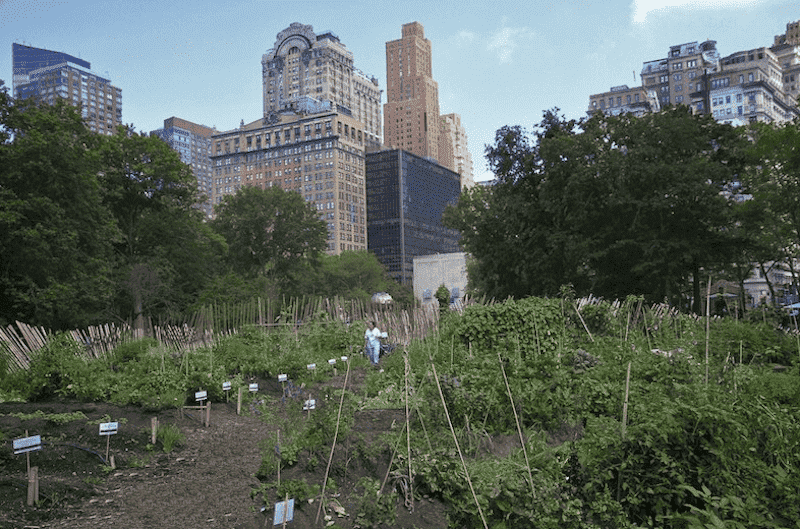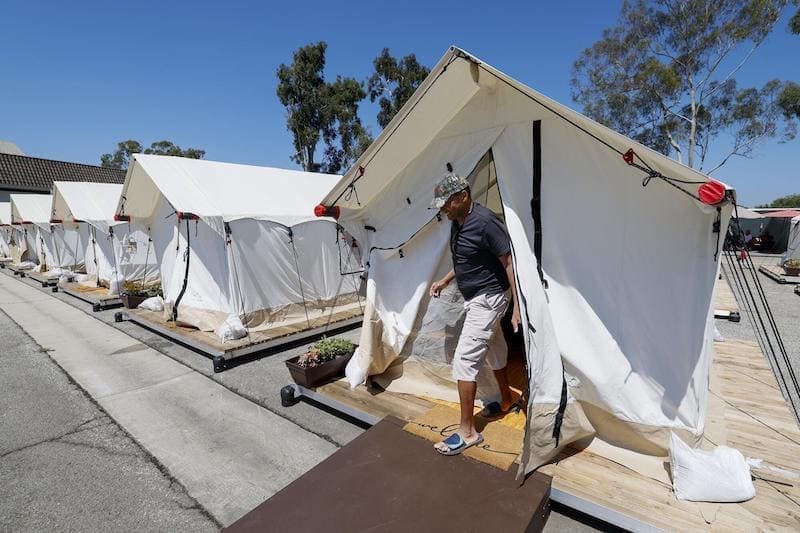Non-Profit Organizations and Community Development: Growing To Give
Non-profit organizations play a crucial role in community development, particularly in our inner cities. These organizations provide essential services that governmental bodies often overlook or neglect. From educational initiatives to food distribution, non-profits like Growing To Give and other organizations help with inner city community development, creating a lasting impact on the lives of those they serve.
Community development is a complex process that involves promoting social cohesion, improving living conditions, and empowering residents. Non-profits like Growing To Give help achieve these goals by addressing the unique needs of the community they serve. They collaborate with local leaders, donors, and volunteers to execute their programs effectively.
However, non-profit organizations face their own set of challenges. Limited resources, staff shortages, and fluctuating funding can hinder the delivery of their services. Despite these hurdles, their relentless efforts continue to facilitate change, making them indispensable agents for good.
The Role of 'Growing To Give' in Inner City Community Development
Among the numerous non-profits making a difference, 'Growing To Give' stands out for its holistic approach to community development. Its initiatives are diverse, spanning across sectors such as food security, employment and veteran assistance. By focusing on these key areas, Growing To Give is not just improving living conditions, but also fostering resilience in inner city communities.
Creating safe spaces where people can meet and gather is a core aspect of Growing To Give's work. These spaces serve as a haven for community members, promoting social interaction and collective action. They host various activities like community garden workshops and recreational events, contributing to a stronger community fabric.
Growing To Give's commitment to food security is evident in their provision of food dispensing outlets from community sponsored farms and gardens. These outlets ensure that no resident goes hungry, addressing one of the most pressing issues faced by inner city communities.
Providing Safe Spaces: How Non-Profits Can Transform a Community
Non-profits play a key role in transforming communities by creating safe spaces where people can meet and gather. These spaces serve as hubs for community members to engage in meaningful interactions, fostering a sense of belonging and unity.
Growing To Give, for instance, is establishing several community farm and gardens in inner city areas. These farm and gardens offer a variety of activities and resources tailored to meet the needs and interests of the community. From educational classes to cultural events, these centers provide a platform for residents to learn, grow, and connect with each other.
Safe spaces also play a pivotal role in youth development. They provide a nurturing environment where young people can explore their talents, develop their skills, learn about horticulture and build positive relationships. Non-profits like Growing To Give recognize the importance of investing in the younger generation, viewing them as future leaders capable of steering their communities towards prosperity.
Food Dispensing Outlets: A Lifeline for Inner City Residents
Hunger and food insecurity are pervasive issues in inner city communities. Growing To Give understands the gravity of this problem and strive to provide food dispensing outlets from their farm and garden locations to ensure that no resident goes hungry. These outlets distribute nutritious produce to families in need, addressing a fundamental human need and promoting overall community health.
These food outlets also endeavor to educate community members about nutrition and healthy eating habits. They often host workshops and cooking demonstrations to empower residents with the knowledge to make healthier food choices.
These outlets also generate employment opportunities for residents. From cultivating food production, managing food inventory to assisting with food distribution, these jobs provide a steady source of income for many. This economic empowerment is a critical step towards community development.
The Power of Community Gardens
As mentioned earlier, Growing To Give’s community gardens are innovative way a non-profit can contribute to inner city community development. These gardens serve multiple purposes, from promoting food security to fostering community learning and interaction. Growing To Give manages several community gardens across the country, encouraging residents to participate in the growing process.
Inner city garden
Community gardens not only provide fresh produce for the community, but they also create a sense of community ownership and responsibility. This hands-on involvement nurtures a culture of sustainability, teaching residents the importance of local food production and environmental stewardship. Community gardens also offer therapeutic benefits. The act of gardening can alleviate stress and improve mental health, making these green spaces a vital asset for inner city residents, particularly those that are recovering from addiction.
Creating Employment: A Sustainable Approach to Community Development
Creating sustainable employment opportunities is a key focus for Growing To Give. Employment is not just about earning a living; it's about dignity, empowerment, and self-sustainability. Non-profits often collaborate with local businesses and industries to create job opportunities for residents. They also provide vocational training and skills development programs to enhance the employability of residents. In addition, the jobs generated by non-profits are often within the community itself. This approach helps retain talent within the community and reduces the need for residents to seek employment elsewhere.
Temporary Shelter: A Necessity for Many Inner City Residents
Providing temporary shelter is another crucial service offered by non-profits. Homelessness is a harsh reality for many inner city residents, and non-profits like Growing To Give strive to provide safe and dignified accommodation for those in need. These shelters offer more than just a roof over one's head. They provide essential services like meals, health care, counseling, and assistance with finding permanent housing. Moreover, these emergency shelters often work in tandem with other non-profit initiatives. They provide residents with access to employment programs, educational resources, and other services, paving the way for their reintegration into society.
Improving Sanitary Conditions: A Critical Step towards Inner City Transformation
Improving sanitary conditions is a critical aspect of community development. Poor sanitation can lead to a host of health issues, exacerbating the challenges faced by inner city residents. Non-profits like Growing To Give recognize this and work tirelessly to improve sanitation within these communities.
This can involve initiatives such as organizing community clean-up drives, establishing waste management systems, and educating residents about the importance of maintaining cleanliness. Non-profits often collaborate with local authorities to ensure that sanitation facilities are adequate and accessible to all residents. This collaborative approach ensures that improvements in sanitation are sustainable and impactful.
Education: The Long-Term Investment in Community Development
Education is a powerful tool for community development. It empowers individuals, opens up opportunities, and fosters social mobility. Non-profits like Growing To Give view education as a long-term investment in community development, contributing to a brighter future for inner city residents.
They provide educational resources, tutoring programs, and scholarships to help residents achieve their academic goals. They also focus on adult education, offering courses in literacy, numeracy, and vocational skills. Non-profits often advocate for educational equity, ensuring that all residents, regardless of their socio-economic status, have access to quality education. This commitment to education is a testament to the transformative power of non-profit organizations.
How Growing To Give Helps the Homeless in Inner Cities
Homelessness is a complex issue with no easy solutions. However, non-profits like Growing To Give are making significant strides in addressing this issue. They provide a range of services to assist the homeless, from temporary shelter to job placement programs. Growing To Give also provides counseling and mental health support for homeless individuals. Many homeless people struggle with mental health issues, and these services are crucial for their wellbeing and recovery. Growing To Give advocates for policy changes to address the root causes of homelessness. They work with city officials, lawmakers, and other stakeholders to promote affordable housing and other critical reforms.
Assisting Veterans: A Key Focus for Non-Profits
Many non-profits, including Growing To Give, place a special emphasis on assisting veterans. These individuals have served their country, and non-profits ensure they receive the support they need upon returning to civilian life. Services for veterans may include job placement programs, counseling, health care, and housing assistance. Non-profits often collaborate with veteran organizations to deliver these services effectively.
Drug Rehab Clinics: A Lifesaving Service for Many
Drug addiction is a pervasive issue in many inner-city communities, tearing families apart and derailing lives. Growing To Give addresses this issue head-on by working with other non-profits that operate drug rehab clinics. These clinics provide comprehensive treatment services for individuals struggling with addiction.
Clinics offer a range of services, including detoxification, counseling, and aftercare programs. They adopt a holistic approach to treatment, addressing the physical, psychological, and social aspects of addiction. In addition, these clinics provide a supportive environment for recovery. They help individuals rebuild their lives, fostering hope and resilience amidst the challenges of addiction.
Non-profit organizations like Growing To Give are transformative forces in inner city community development. Through their diverse initiatives, they are improving living conditions, empowering residents, and fostering a sense of community.
Their work is a testament to the power of collective action. Despite the challenges they face, non-profits continue to make a difference, driven by their commitment to serve and their belief in the potential of every community member.
The work of non-profits like Growing To Give in community development is invaluable. They fill gaps in services, provide resources, and offer hope to those who need it most. Their tireless efforts continue to transform inner city communities, proving that change is indeed possible when we choose to give.





.png)
.png)
.png)

.png)